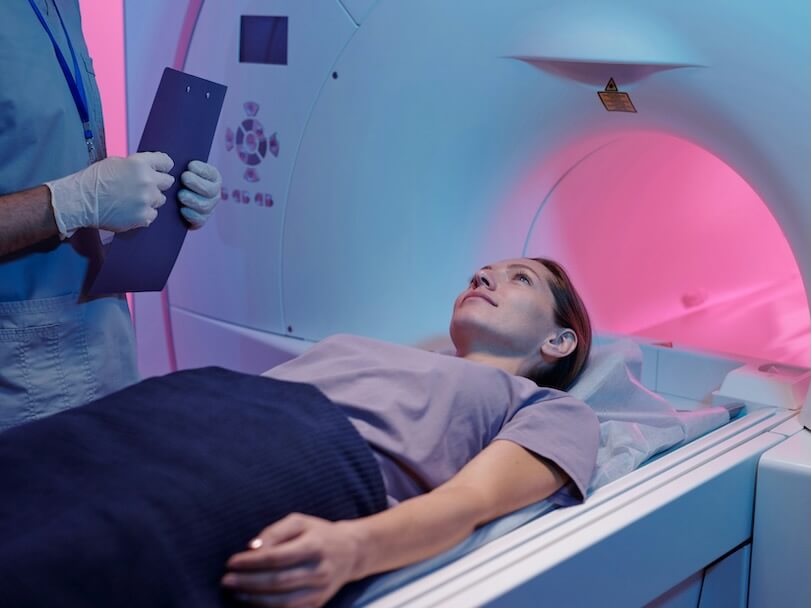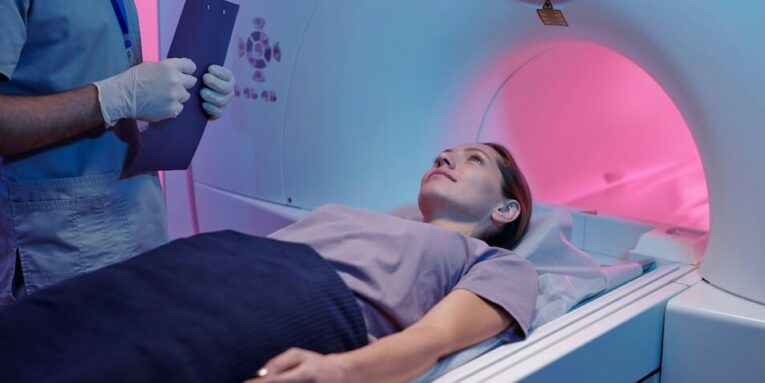Medical imaging has become an essential tool in healthcare. It’s used in many ways to foster patient health from diagnosing conditions to making sure treatments are effective and beyond. Though it has made a world of difference in medicine, some types of imaging also pose certain risks for healthcare workers. That’s particularly the case for procedures that require the use of radiation, such as x-rays. To provide the highest level of care for their patients without sacrificing their own health and safety, healthcare workers need to use personal protective equipment to shield themselves against radiation during the imaging process.
Several types personal protective equipment are available to help minimize the dangers of radiation exposure. Those include flex back radiation vests, aprons, skirts, collars, and gloves. Fixed and mobile barriers are also available as an added safety measure. Vests, specifically, safeguard the parts of the body that are most vulnerable to the effects of ionizing radiation, including the chest, abdomen, and pelvic area. They wrap around the body to provide full coverage, and they’re designed to provide extra weight distribution and support.

How Radiation Vests Work
Radiation shielding generally contains lead. Some more modern vests and other protective gear are made of composites that consist of lead and other metals that keep the effects of radiation at bay. Those composites are lighter than lead that isn’t mixed with other materials, so they’re a bit more comfortable to wear. Still, they offer comparable protection to shielding that’s made of lead alone.
As mentioned, radiation vests and other PPE are designed to cover and protect the parts of the body that are susceptible to the effects of radiation. They both absorb and block ionizing radiation. That provides a safeguard against its harmful effects. Some of the risks of radiation exposure are burns, nausea, heart disease, and organ damage. Over time, it can cause extensive cellular and DNA damage and certain types of cancer.
Radiation vests, combined with other types of PPE, can provide customized protection as well. Vests alone can protect the chest, midsection, and lower abdomen. In some cases, though, added protection may be necessary. Collars shield the thyroid gland against the effects of radiation, which can include hypothyroidism, thyroid cancer, and autoimmune reactions. Skirts and aprons can extend radiation protection beyond the reach of vests. Sleeves and gloves protect the arms and hands. Radiologists sometimes use goggles to protect their eyes from exposure too.
Protecting Healthcare Workers Against the Effects of Radiation
Radiation exposure can have serious consequences for healthcare workers. Still, radiation is an important part of the medical field. It’s used in different types of imagery to diagnose medical conditions and help determine which treatments would be most effective. It’s also used to determine whether treatments are having their intended effects. Lead, too, poses certain risks, but it’s also an exceptional tool for shielding against the effects of radiation. PPE that’s made with lead also offers protection against its potentially harmful effects.
With the right personal protective equipment, radiologists and other healthcare workers can use medical imagery to their patients’ benefit without placing themselves in harm’s way. Vests, aprons, skirts, collars, gloves, goggles, and protective screens are among the most common types of PPE for thwarting the effects of radiation exposure. They help keep medical professionals safe and healthy so they can do the same for their patients.
People also read this: Effective Strategies for Marketing New Home Developments: A Comprehensive Guide

